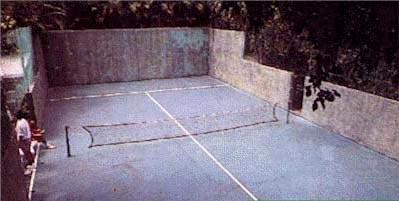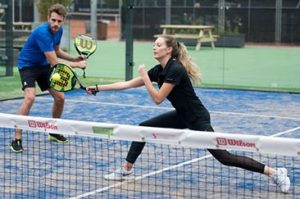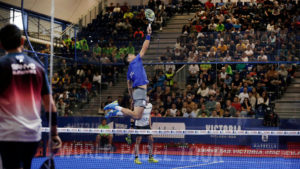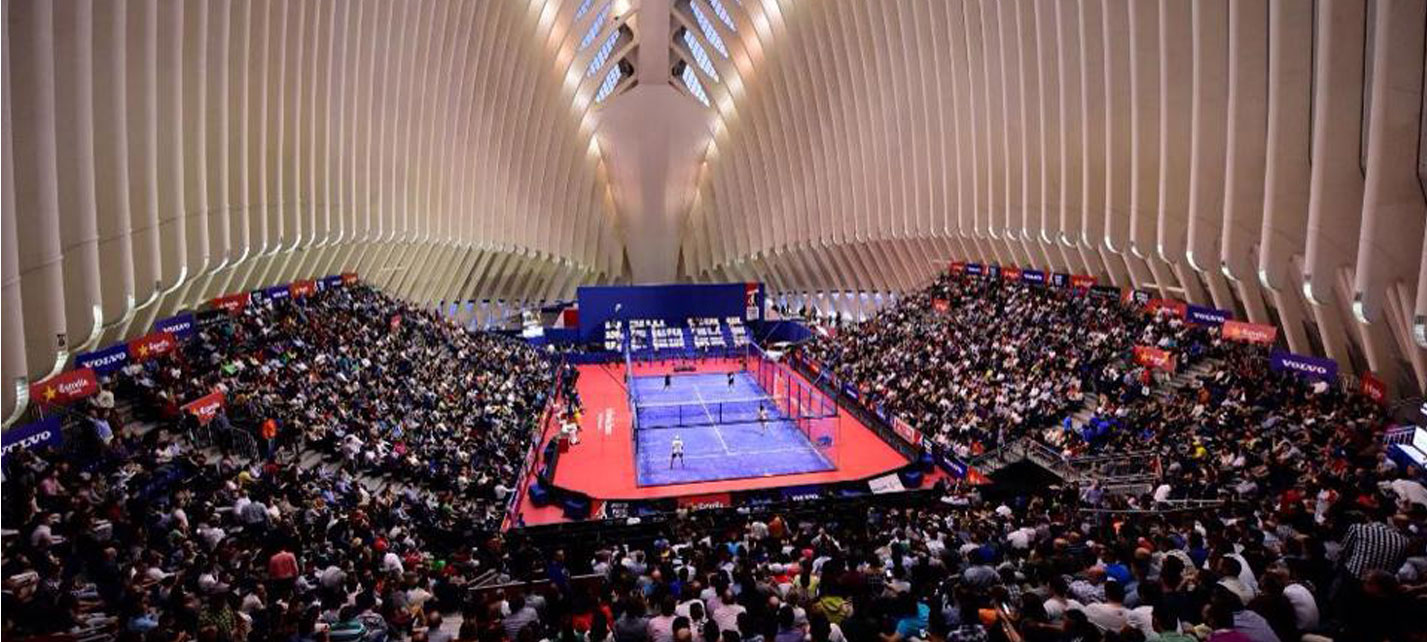What is Padel?
History
Padel is a racket sport originated in 1962 in the Mexican city of Acapulco. Enrique Corcuera, a wealthy Mexican businessman, was the inventor of the first court layout and rules.
Initially Padel was was only played by the Mexican elite. But the Spanish monarchy brought the sport to Spain in the early 70s. At the beginning it was a regional niche sport, but in the 90s the sport experienced a boom in popularity. It became quickly popular by hand of former Spanish President Jose Maria Aznar. He was often seen and interviewed in the surroundings of courts.


Simultaneously, the sport was introduced in Argentina. Eventually, through Argentina it expanded to the rest of South America. From Spain, into all of Europe, parts of Africa and Asia. Today over nine million people play it regularly in more seventy countries.
Recently it was introduced by independent entrepreneurs into new countries such as India, Qatar, Egypt, Senegal, Japan and China. Today it is one of the fastest growing sports in the world.
In Holland
In The Netherlands the first padel court was build in the training facilities of football club PSV, in the city of Eindhoven in 2003. Unfortunately, the court was made on a “more or less” measurements and it was not open to the public. The court did not much for the expansion of the sport in the country, but that changed with the building of the first public courts in Vijfhuizen and Spijkernisse, followed by Rotterdam Zuid, Enschede and Den Bosch/Maaspoort. Nowadays padel is played in nearly one hundred and fifty locations throughout The Netherlands.
How is Padel played
It is played by teams of two against two. The court is a field size 20mts x 10mts with enclosures made of glass (or bricks) and mesh on the sides. The surface is usually made of concrete or synthetic grass.
Lines cross the field -similar to other racket sports- which are only utilized for serving. The service is performed underhand. Players utilize a racket and a padel ball that looks similar to a tennis ball. The scoring, as well as many other rules, are similar to tennis. The rackets are made of graphite, kevlar or carbon, they don’t have strings and are rather short.
For beginners, easy to learn & suitable for all ages


Novice players quickly enjoy it: the rallies are three to four times longer than tennis. Contrary to other racket sports, Padel is less technically demanding. Anyone with some basic coordination can enjoy a fun rally from the first minute. Additionally, for novices the game is physically less demanding than squash. Finally, is also suitable for all ages.
It is easy to learn and has a high “fun factor”
Padel at Professional Level
Padel for beginners is an easy going sport. In contrast, for professionals, it is as intense 

At tactical and strategic level, Padel is intellectually demanding. One may well call it “chess with a racket”. Managing speed and spaces is key in a court that is relatively small and populated by four players.
Major Tournaments
The sport is internationally regulated by the International Padel Federation -IPF-, with 39 national federations duly registered. Every two years IPF organizes the World Championships, both for women and men, by country teams and individual teams. Other major competitions are the Junior World Championships, World Senior Padel Championships and European Padel Championships.


Most professional players follow the World Padel Tour, a private circuit consisting of sixteen tournaments organized in seven countries. In The Netherlands the Nederlandse Padelbond is the governing body of the sport.
“to play at advanced level, you need to play “simple”. This is the challenge: playing simple is difficult and Complicated”, Norberto NEsi, coach







